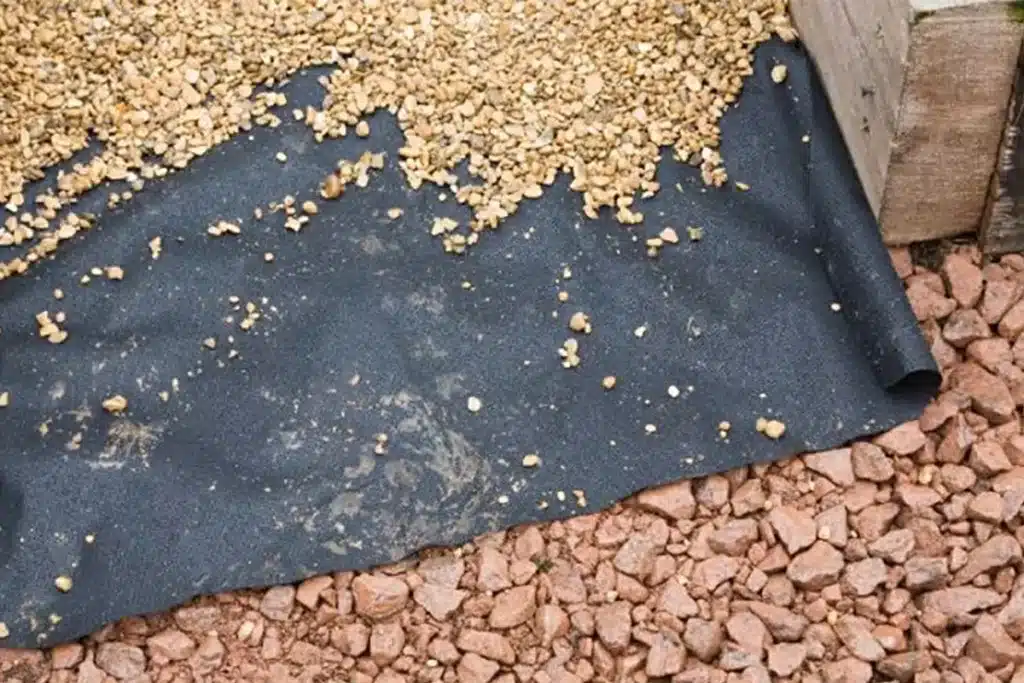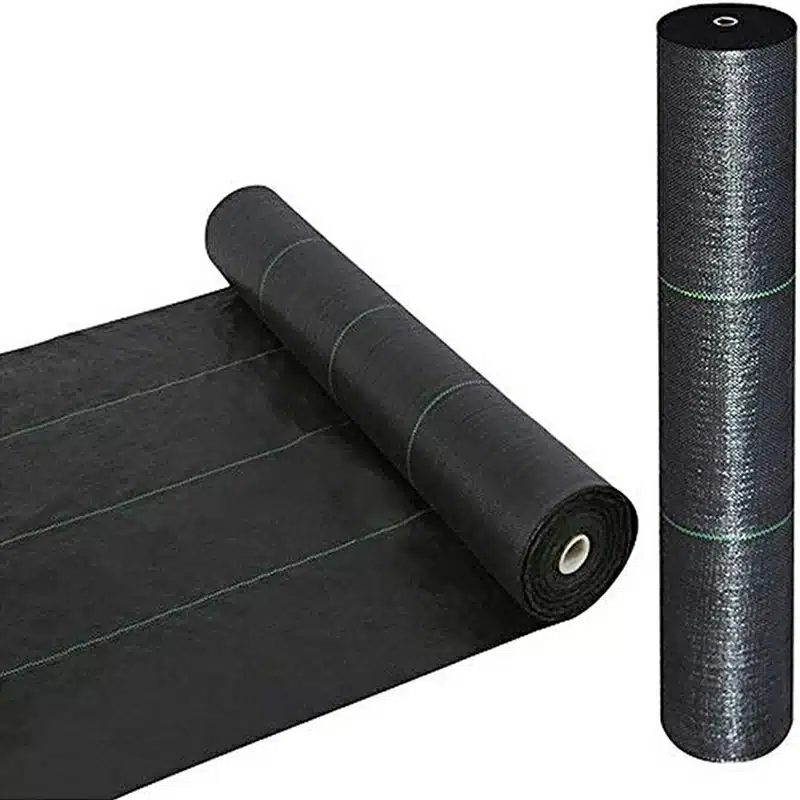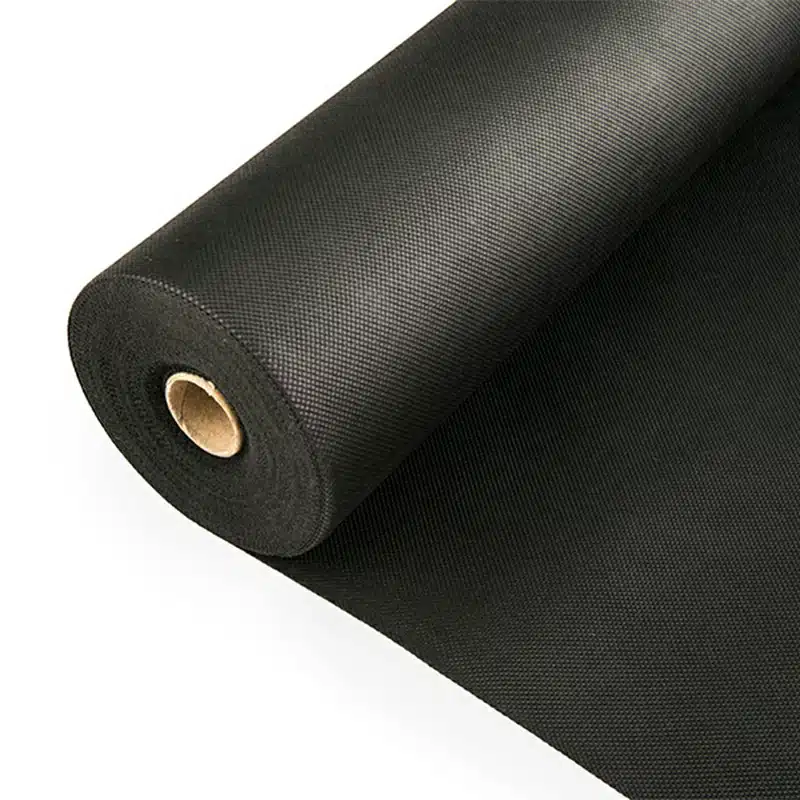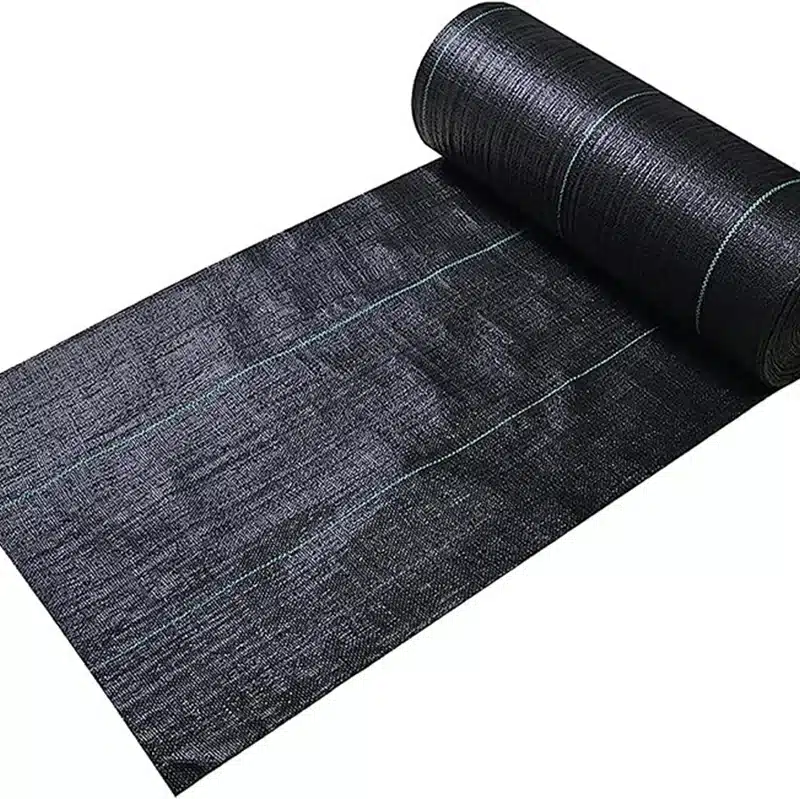+86-159 9860 6917
info@geofantex.com
geofantex@gmail.com
+86-400-8266163-44899
In modern civil and geotechnical engineering, ensuring the stability and longevity of retaining walls is critical. Steep artificial slopes and geotextile/geogrid reinforcement systems are commonly employed to stabilize soil, prevent erosion, and provide structural support. Woven geotextiles and geogrids improve internal stability by enhancing drainage and reinforcing soils with poor natural drainage, making them essential in retaining wall construction.

How to Retain Walls With Geogrid and Geotextile Reinforcement
As retaining wall demand grows, engineers are increasingly applying geosynthetic solutions for innovative soil stabilization. Key approaches include:
- Soil Reinforcement: Geogrids and geotextiles can be installed behind retaining walls to provide additional support when the wall height or site conditions make unreinforced soil insufficient.
- Horizontal Geogrid Layers: Geogrids are laid in horizontal layers to provide tensile strength and hold the soil mass together, effectively making the reinforced soil part of the wall system.
- Layer Adjustment for Tall Walls: Taller walls require longer and stronger geogrids to increase the reinforced soil mass and maintain stability.
Example: VERSA-Grid, a flexible and lightweight geogrid, is commonly used in landscape and commercial walls. For residential walls up to 6 ft tall, VERSA-Grid 1.5 is applied, available in 22 sq. yd. rolls (4 ft × 50 ft).

Applications of Geotextile and Geogrid Reinforcement
Geotextiles and geogrids serve multiple functions in civil engineering, including road construction, slope stabilization, erosion control, and foundation support:
1. Road Construction
- Geotextiles: Separate subgrade soil from aggregate layers, preventing mixing and improving load distribution.
- Geogrids: Reduce soil movement under traffic loads, enhancing road stability and lifespan.
- Example: High-traffic roads reinforced with geogrids exhibit less deformation and longer service life.
2. Slope Stabilization
- Geotextiles: Function as separators and reinforcements, preventing erosion while allowing water filtration.
- Geogrids: Reinforce soil on slopes to prevent landslides, even under adverse weather conditions.
- Example: Mountain road projects use geogrids to stabilize steep slopes and reduce landslide risks.
3. Erosion Control
- Geotextiles: Act as filters along riverbanks, shorelines, and slopes, retaining soil while allowing water flow.
- Standards: Many projects follow ASTM guidelines to ensure durability and performance.
4. Foundation Support
- Geotextiles and Geogrids: Distribute building loads evenly in weak soils, minimizing settlement.
- Benefits: Provide stability for high-rise and industrial foundations in challenging soil conditions.
Major Benefits of Geotextile and Geogrid Reinforcement
Geotextiles and geogrids serve multiple functions in civil engineering, including road construction, slope stabilization, erosion control, and foundation support:
1. Road Construction
- Geotextiles: Separate subgrade soil from aggregate layers, preventing mixing and improving load distribution.
- Geogrids: Reduce soil movement under traffic loads, enhancing road stability and lifespan.
- Example: High-traffic roads reinforced with geogrids exhibit less deformation and longer service life.
2. Slope Stabilization
- Geotextiles: Function as separators and reinforcements, preventing erosion while allowing water filtration.
- Geogrids: Reinforce soil on slopes to prevent landslides, even under adverse weather conditions.
- Example: Mountain road projects use geogrids to stabilize steep slopes and reduce landslide risks.
3. Erosion Control
- Geotextiles: Act as filters along riverbanks, shorelines, and slopes, retaining soil while allowing water flow.
- Standards: Many projects follow ASTM guidelines to ensure durability and performance.
4. Foundation Support
- Geotextiles and Geogrids: Distribute building loads evenly in weak soils, minimizing settlement.
- Benefits: Provide stability for high-rise and industrial foundations in challenging soil conditions.
Major Benefits of Geotextile and Geogrid Reinforcement
- Soil Stabilization and Strength Improvement
- Reinforces weak soils, reduces lateral particle movement, and increases load-bearing capacity.
- Example: Pavement layers over geotextiles have a stable foundation, reducing road failures.
- Enhanced Structural Integrity
- Geogrids provide tensile strength, enabling taller and steeper walls.
- Example: Reinforced retaining walls maintain stability under heavy loads.
- Erosion Control and Drainage
- Geotextiles facilitate controlled drainage while preventing soil loss.
- Example: Riverbanks reinforced with geotextiles remain stable against erosion.
- Increased Durability
- Extends the lifespan of roads, embankments, and walls, reducing maintenance frequency.
- Example: Reinforced roadways show less cracking under traffic stress.
- Environmental Benefits
- Reduces the need for excavation and aggregate use, minimizing environmental impact.
- Example: Slope reinforcement in ecological projects preserves surrounding ecosystems.
- Cost-Effectiveness
- Lower lifecycle costs due to reduced repair needs and efficient design solutions.
- Example: Roads with geogrid reinforcement have lower long-term maintenance costs.
- Sustainability
- Many geotextiles are recyclable and eco-friendly, supporting sustainable infrastructure.
- Example: Sustainable drainage systems with geotextiles allow natural water infiltration.
Wall Heights and Geogrid Requirements
- Geogrid reinforcement is generally recommended for walls taller than 3–4 ft.
- Shorter walls may require geogrids if soils are weak, additional loads exist, or the wall is tiered or adjacent to steep slopes.
- Regardless of wall height, high standards of installation ensure durability and safety.
Geotextiles and geogrids are essential tools for modern retaining wall construction. Installed in horizontal layers and extending into the soil, geogrids reinforce the soil mass, while geotextiles provide separation, filtration, and drainage. Together, they enhance wall stability, increase load-bearing capacity, prevent erosion, and prolong structural lifespan.
With proven performance in various applications—from roads to slopes and ecological projects—geotextile-reinforced retaining walls offer a reliable, cost-effective, and environmentally friendly solution for civil engineers.
For further technical guidance or project consultation, our specialists are available to provide support and recommendations.



Get Free Sample
We’ll respond as soon as possible(within 12 hours)






















